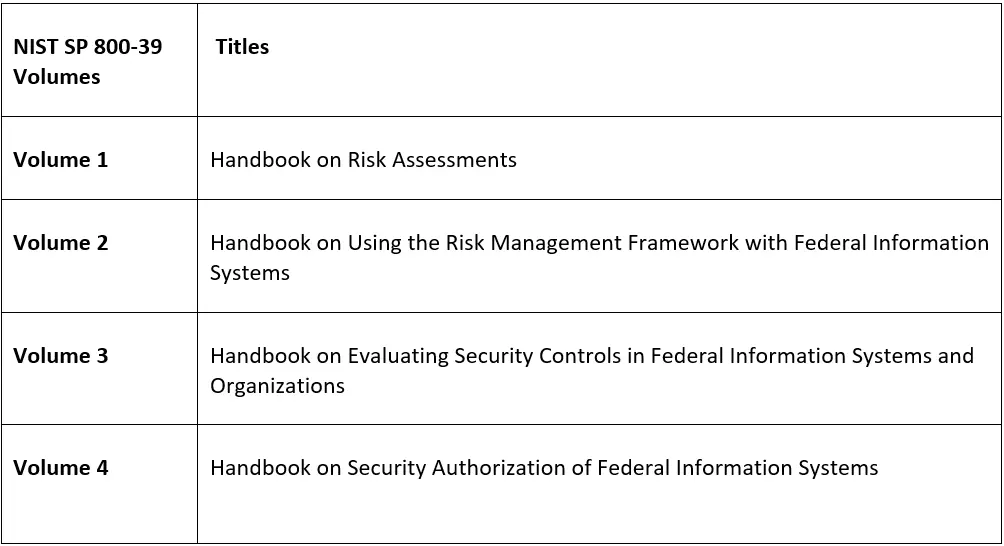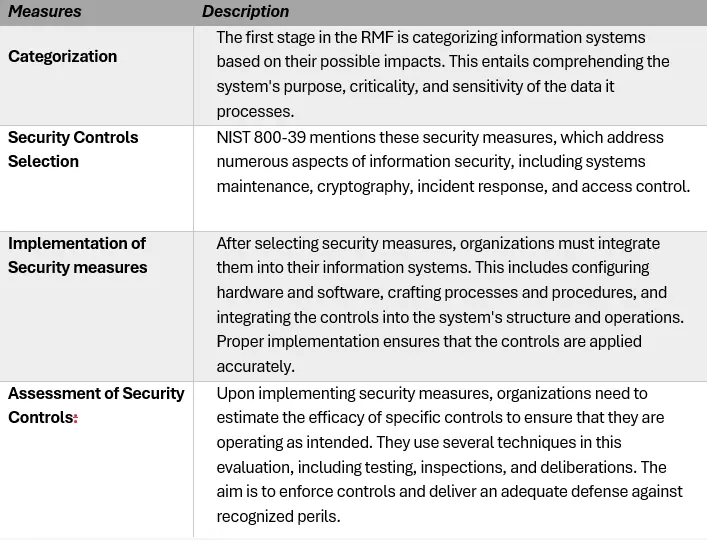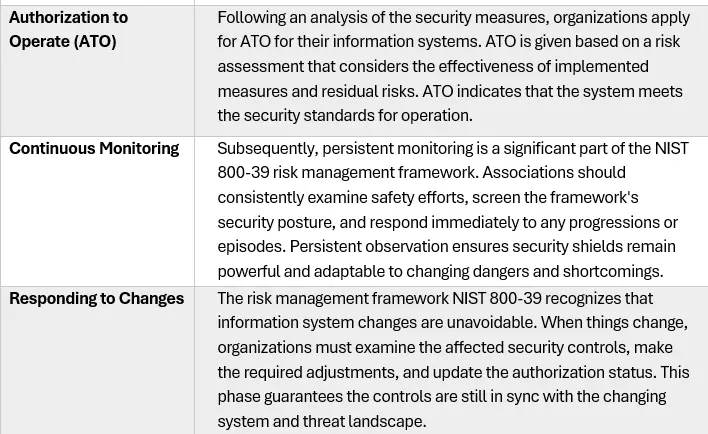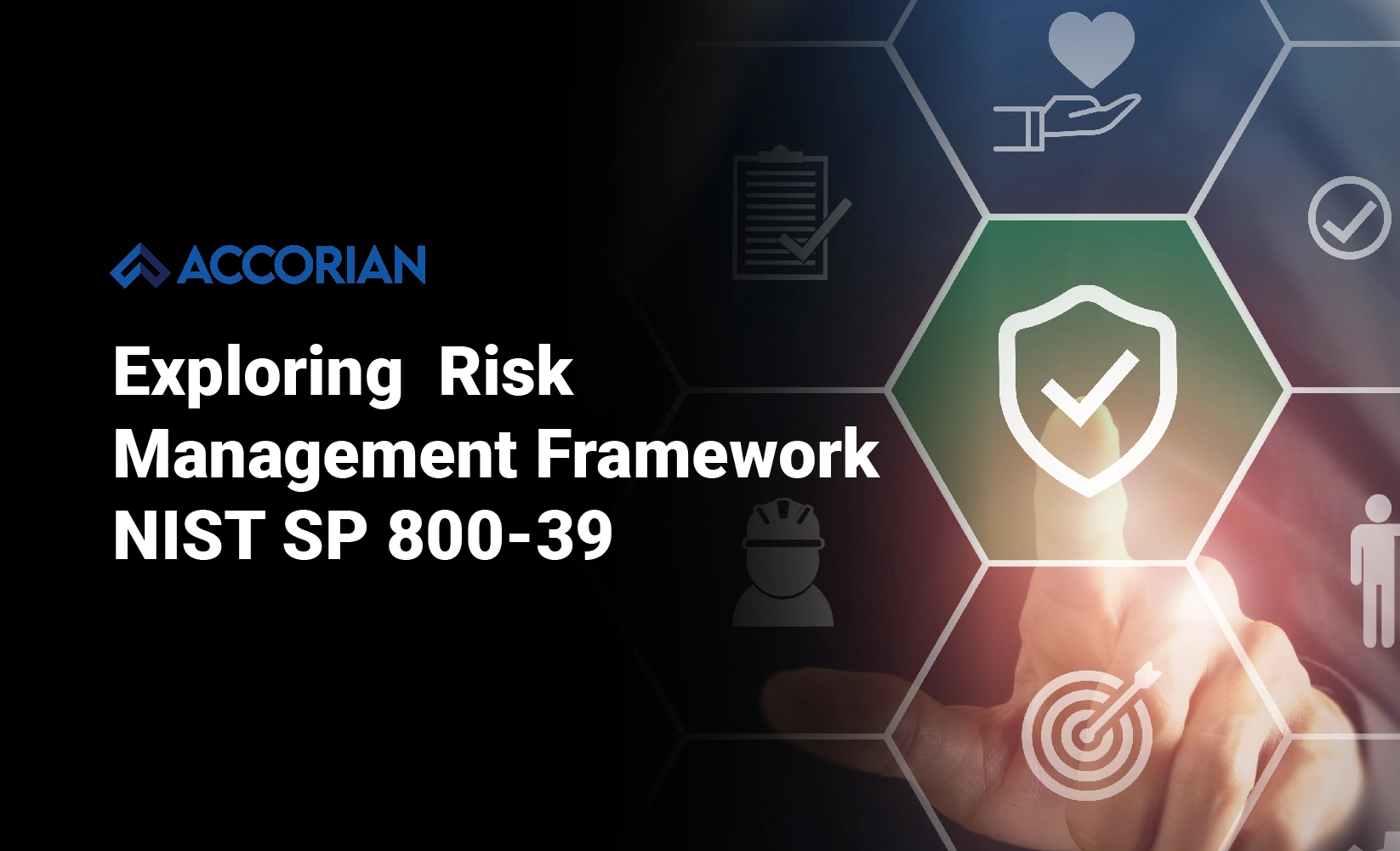Written By: Vigneswar Ravi ||
Don’t be a data disaster! Learn how the Risk Management Framework NIST SP 800-39 can save the day. In today’s rapidly evolving digital territory, organizations encounter a plethora of security threats and challenges. Drafted by the National Institute of Standards and Technology (NIST), this comprehensive risk management framework concentrates on security threats and organizational pursuits.
Organizations need to have a strategic approach to data security that fits with their growth goals to effectively handle risks. Maintaining the effectiveness of risk management programs and making sure that these security measures fit into the organization’s larger objectives require strong management and effective leadership.
Why Is NIST SP 800-39 Important?
Technology now permeates every aspect of our lives and business operations, the possibility of cyber mishaps has increased drastically. Comprehensive instructions on integrating information security into an organization’s architecture are provided by NIST SP 800-39. Organizations can improve their security posture by monitoring their operations, information systems, and assets against potential risks through a systematic approach to risk management.
Types of NIST SP 800-39
NIST SP 800-39 has four volumes, each focusing on a distinct aspect of data security, even as it establishes broad guidelines for managing data security risks. These comprise:

Understanding Risk Management Framework NIST SP 800-39
The NIST Special Publication 800-39 is a valuable resource that offers guidance on risk management for securing information systems.
By categorizing systems, organizations can identify the right level of protection necessary. The Risk Management Framework (RMF) consists of several measures that assist organizations in consistently and fully implementing risk management practices.


Advantages of Implementing NIST 800-39
Here are a few advantages of implementing risk management framework NIST 800-39:
- Enhanced Risk Management
- Improved Security Posture
- Regulatory Compliance
- Proactive Threat Management
- Continuous Improvement
- Resilience
Benefits Beyond Compliance
While consistency is a significant driver for taking on risk management framework NIST 800-39, the advantages stretch past. By executing this structure, associations can:
- Reduce Security Risks: Proactive risk management helps prevent security breaches and minimizes potential damage
- Improve Data Protection: Enhanced security measures ensure better protection of sensitive information and data protection
- Boost Operational Efficiency: Optimized resource allocation and security processes increase operational efficiency
- Build Trust and Confidence: Strong information security practices promote confidence among stakeholders, customers, and partners
Recap
Businesses can integrate information security into their organizational structure using the methodology outlined in NIST Special Publication 800-39. This approach effectively manages risks associated with asset operations and information systems by encompassing system categorization, security control selection, implementation, effectiveness assessment, and authorization for secure operations. Additionally, continuous monitoring and responsiveness to changes ensure sustained security posture, enhancing overall security and actively mitigating risks.




